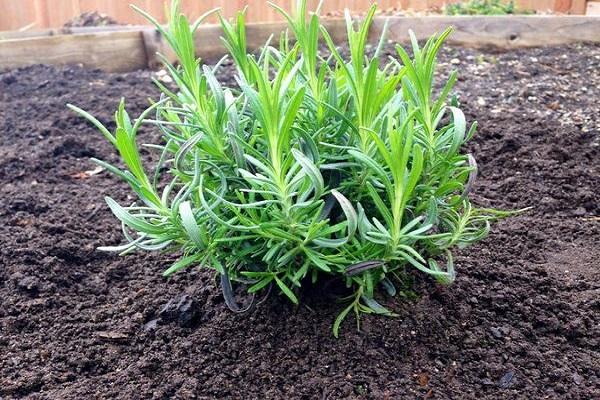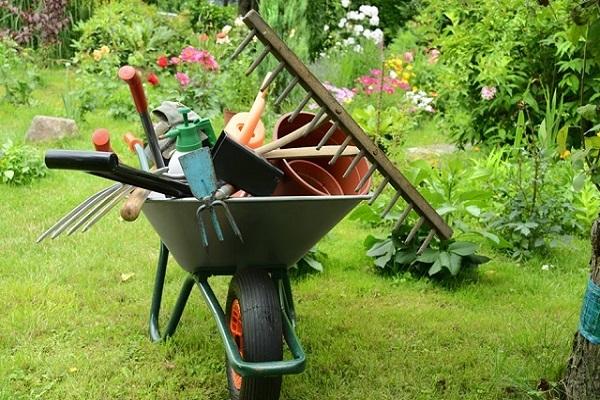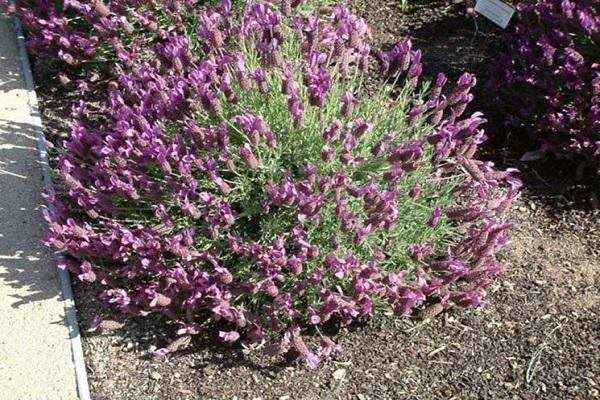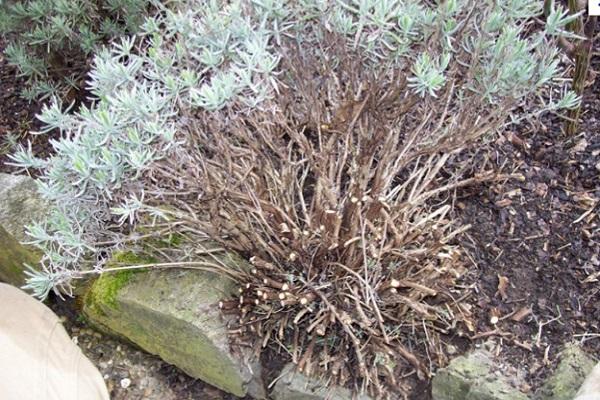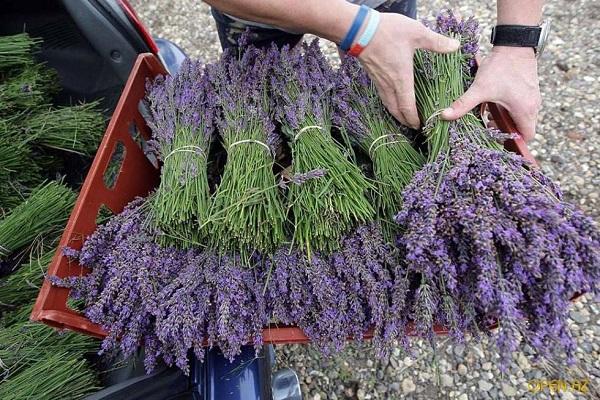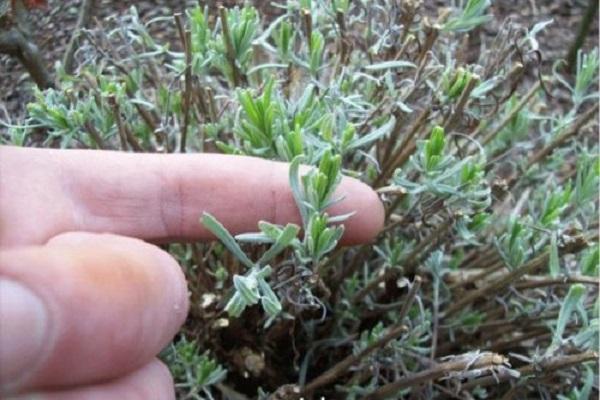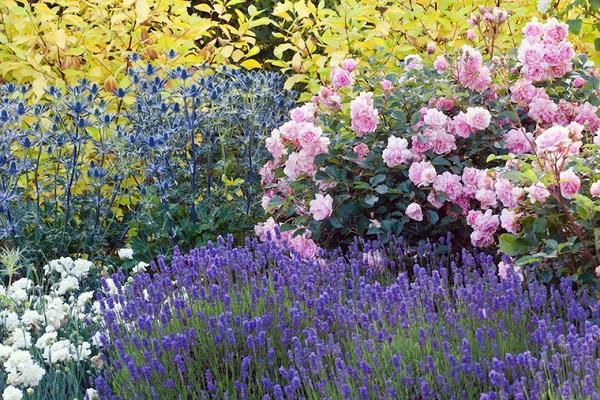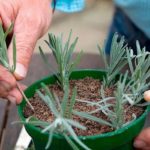Lavender is a medicinal aromatic crop. Used to obtain essential oil, healthy tea. The blue blooming fields of these flowers leave an unforgettable impression. Over time, the bushes grow, lose compactness and beauty. There is a need for a transplant. It is important to decide how to properly replant lavender in the fall, or whether it is better to do it in the spring.
Why is lavender replanted?
Any plant cannot grow indefinitely in one place; there is a need for replanting.This can be explained by the following reasons:
- Plant growth slows down.
- The soil is depleted.
- The bush is growing too much.
- There is a need to move it to another place.
Good to know! If a lavender root encounters an obstacle in the soil, it cannot go around it, and the plant stops growing.. Lavender is transplanted to ensure plant growth, rejuvenation and give it a lush, neat shape. When dividing large bushes, we obtain additional planting material.
When they do it
Lavender bushes can be replanted in spring or autumn. Autumn transplantation is considered preferable for the southern regions. In autumn there is no heat, and there is more moisture in the soil, less watering is required. They do this in October. The plant will need at least 2 months for the roots to take root in the new location and for it to take root. This must happen before the onset of cold weather.
For Central Russia, where the plant needs to be covered for the winter, it is better to do this in the spring. If there is a need to replant the bushes in the fall, this is done in the last ten days of August or in September, after flowering has ended. Then there is a chance that the transplanted lavender will take root.
Required Tools
For replanting you will need ordinary gardening tools. First of all, this is a shovel. It should be sharp and clean. You can dig up a small plant with a pitchfork, without damaging or cutting off the roots.
A sharp garden knife and pruning shears will be useful. With their help, we trim broken or dry branches and roots. To trim the walls of the planting hole and add soil to the roots, use a small shovel or scoop. A bucket and watering can are needed for watering and dissolving fertilizers.
How to replant a plant
Before starting the transplant, a number of preparatory operations are performed, namely:
- Determine the landing site taking into account the necessary conditions.
- Prepare planting holes of a certain depth and size.
- Maintain the required distance between bushes.
- Select plants as neighbors that will form a beautiful composition with lavender and require the same growing conditions.
Let's take a closer look at all these aspects.
Choosing a place for a bush
In the middle zone, in open areas only grows lavender angustifolia, if there is a winter shelter. It is also called medicinal or English. In the southern regions the following ornamental species are grown:
- White-flowered variety Alba.
- Rosea – blooms with pink flowers.
- Broadleaf French lavender Lavandula stoechas.
- The Butterfly variety has purple flowers with long spike-shaped bracts.
Lavender needs light soil, not flooded with water from rain and melting snow, with deep groundwater. The areas should be illuminated by the sun for most of the day. In such conditions, the plant will grow well and bloom for a long time, emitting a strong aroma. In shady places there will not be long and abundant flowering.
Is it possible to divide the bush?
There are opposing opinions about whether it is possible to divide a lavender bush when replanting. This method is not recommended for reproduction. This is done when the plant is dormant. Overgrown bushes require mandatory replanting. They are divided into separate parts, which will provide new planting material. A lavender bush removed from the ground is lightly shaken and cut into separate parts. To do this, use a sharp garden knife and first disinfect it.
Each division must have at least 6 shoots with developed roots and young roots.Their number depends on the size of the original plant. It should be taken into account that small divisions after planting will also produce a small bush that will develop slowly. A large independent plant is formed from a large part.
Important! The cut areas must be treated with a solution of potassium permanganate, brilliant green or crushed charcoal.
Preparing for landing
Mark landing sites. A distance of 0.3-0.4 meters is maintained between plants; for tall species it is increased to one meter. The depth of the planting hole is about 30 centimeters. The volume depends on the size of the planted bush. The roots should be freely placed in the hole.
The bush is dug up with a shovel around the perimeter until you feel that it can be easily removed from the ground. The soil is lightly shaken off the roots to identify diseased and dried parts. If necessary, divide the bush, leaving 2-3 growth points in each division.
Step by step process
In the center of the planting hole, a mound of earth is poured onto which the seedling is placed. They are buried in the soil to the same depth as before transplantation. The roots are sprinkled with earth, watered abundantly, then soil is added, slightly compacting it until the hole is completely filled. The tree trunk circle is mulched with dry soil or hay.
Before planting, trim the roots of the plant by 15-20 centimeters. It is useful to dip them in a pink solution of potassium permanganate; you can use potassium humate diluted according to the instructions. This drug promotes root formation and disinfection.
Complex fertilizer is added to the hole, but it must be remembered that lavender does not like acidic soil. At high acidity, ash or dolomite flour is first added. Lavender is a drought-resistant, undemanding plant; it is watered only in severe drought.Drying of the surface layer of soil is acceptable.
Newly planted bushes require winter shelter. The roots are mulched with dry peat, and the plant is covered with spruce branches on top. You can make a small frame and cover it with two layers of non-woven material or other breathable material. Before planting, it is necessary to carry out sanitary and shortening pruning of the lavender bush.
Flowerbed neighbors
Lavender blooms beautifully in group plantings of 4-5 plants. Her surroundings may be roses. They are planted at some distance, since roses do not like rivals in the flowerbed. Marjoram, catnip, and sage get along well next to lavender bushes. They will not only have a beneficial effect on each other, but will also create the illusion of a Mediterranean landscape.
Lavender bushes are always present in rock gardens; here they coexist with rosemary, evening primrose, and Byzantine chistets. Its cold colors would be appropriate in a stone garden. The aromas of lavender will protect neighboring plants from aphids, which will provide invaluable benefits. Plants that like wet soil should not be planted next to it..
Blooming lavender, emitting a strong, pleasant aroma, will decorate the garden and give it a unique image of the southern steppes. It will serve as protection against plant pests, and dried flowers and leaves will delight you with healthy aromatic tea in winter. For all this, lavender will require a little attention.

